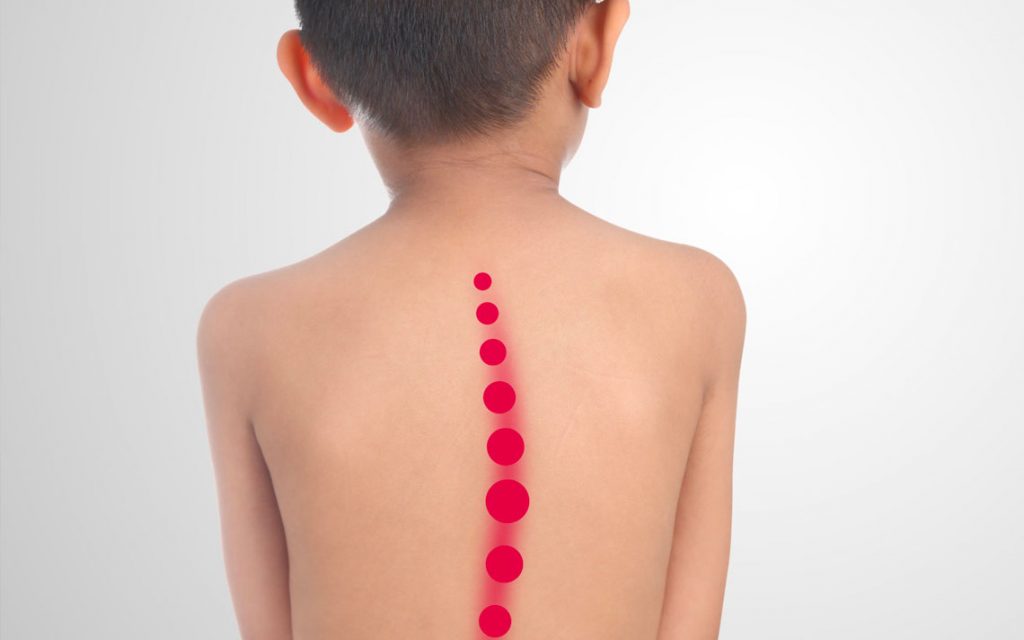Postural Asymmetries
- News
-
May 08
- Share post

June 4, 2005
Dr. Gilbert E. D’Alonzo
American Osteopathic Association
142 Fast Ontario Street
Chicago, IL 60611-2864
RE: Prevalence of Frontal Plane Pelvic Postural Asymmetry – part I by Drs. Juhl, Cremin and Russell, JAOA October 2004 p 411-421
Dear Dr. Alonzo
I enjoyed reading this article in our October 2004 journal. You see, it is May, 2005 and I am just now able to find the time to read the October 2004 JAOA Journal. Do you have a solution to this problem?
Anyway, I found the article insightful and informative. I wish to add another factor here that has been helpful in my practice. Sometimes, the innominates contain intraosseous strains making the pelvic bone a “bent wheel.” These warps occur usually along the developmental junctures of the ilium, pubis and ischium bones. As you know from embryology, all three development bones unite at the acetabulum and at ilio-pubic, ischio-pubic developmental junctions.
lntraosseous strains affect not only the width and depth of the pelvis on that side but, at the acetabulum, affect the flaring of the lower extremity (a factor in tracking while walking) and depth (a factor in leg length and, at the shallowness extreme, a factor in hip dysplasia in infants).
An easy way to assess innominate symmetry is to use the landmarks of the pubic tubercle and inferior aspect of the anterior superior iliac spine. You perform this assessment after normalizing pubic and sacroiliac mechanical malalignments. I usually place a thumb on the pubic tubercle and my index or middle finger under the anterior superior iliac spine and compare the landmark relationships.
I offer one attachment for your consideration. The top figure shows a normal pelvis with pelvic bowl width and height symmetrical on both sides. The bottom left shows a pelvis of less height on the left side and the bottom right shows a pelvis of greater width on the right side. These figures exaggerate the magnitude of the problem and are only to illustrate the bony aspect of the somatic dysfunction concept as applied to the pelvis.
The idea is to remove the intraosseous strain and normalize the shape and symmetry of the right and left innominate. Although many methods exist to do this, I usually find fascial release, peripheral application of the cranial concept or neurolascial release paradigm to do the job.
Although this normalization helps leg length discrepancies, patients have reported improvement in pelvic organ functions such as irritable bladder and bowel symptoms, painful menses and other menstrual symptoms, recurrent cystitis, dyspareunia, and other pathologies related to pelvic mechanical problems.
Dr. AIonzo, thank you for reviewing this letter. I hope you find these little ideas helpful enough to pass on to the authors and our readership.
Sincerely,
Steve Davidson, D.O., C-SPOMM
